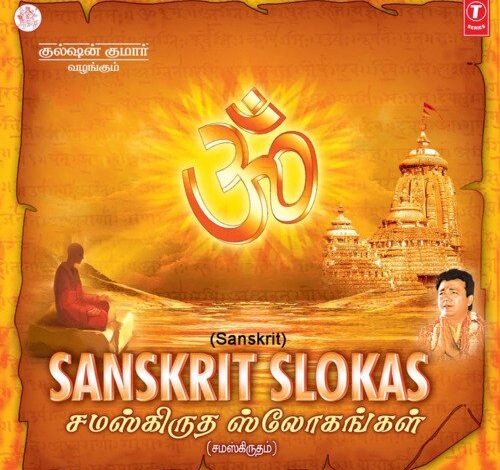Sanskrit Shlok: Exploring the Timeless Beauty and Wisdom of Ancient Verses

Introduction:
Sanskrit, often hailed as the mother of all languages, holds a special place in the world of linguistics, culture, and spirituality. Central to Sanskrit literature are shlokas, or verses, which encapsulate profound wisdom, ethical teachings, and philosophical insights. These shlokas are not merely linguistic artifacts but timeless expressions of human thought and aspiration. In this article, we delve into the essence of Sanskrit shloka, exploring their significance, beauty, and enduring relevance.
Understanding Sanskrit Shlokas:
Sanskrit shlokas are poetic compositions crafted with meticulous attention to rhythm, meter, and sound. They are characterized by their succinctness and depth, often conveying complex ideas in a few words. Each shloka is a repository of wisdom, drawing from various philosophical traditions such as Vedanta, Yoga, and Samkhya. These verses are not confined to any particular religious belief but are revered across diverse spiritual paths.
Significance and Beauty:
The beauty of Sanskrit shlokas lies not only in their linguistic elegance but also in their profound meaning. They possess a poetic charm that transcends time and language barriers. The rhythmic flow of syllables and the rich imagery evoke a sense of awe and reverence. Moreover, Sanskrit shlokas are replete with symbolism and allegory, inviting contemplation and introspection.
One of the remarkable features of Sanskrit shlokas is their versatility. They can be recited, chanted, or sung, each mode adding a unique dimension to the experience. Whether performed in traditional rituals, spiritual gatherings, or personal meditation, these verses have a transformative effect on the psyche, fostering inner harmony and spiritual awakening.
Enduring Relevance:
Despite being ancient, Sanskrit shlokas remain relevant in the modern world. Their teachings offer timeless wisdom that transcends the constraints of time and space. In an era marked by rapid technological advancement and materialistic pursuits, these verses serve as a guiding light, reminding us of our higher purpose and ethical responsibilities.
Moreover, Sanskrit shlokas continue to inspire artists, scholars, and seekers alike. Their universal appeal transcends cultural boundaries, attracting admirers from all walks of life. Through translations, commentaries, and adaptations, the wisdom contained in these verses is disseminated to a global audience, enriching lives and fostering cross-cultural understanding.
Examples of Sanskrit Shlokas:
- “ॐ सह नाववतु। सह नौ भुनक्तु। सह वीर्यं करवावहै। तेजस्वि नावधीतमस्तु मा विद्विषावहै।ॐ शान्तिः शान्तिः शान्तिः॥” (Translation: May we both be protected together. May we both be nourished together. May we both work together with great energy. May our study be vigorous and effective. May we not argue or have hatred towards each other. Om, peace, peace, peace.)
- “अहिंसा परमो धर्मः धर्म हिंसा तथैव च।।” (Translation: Non-violence is the highest duty, and so is all righteous violence.)
Conclusion:
Sanskrit shlokas represent the pinnacle of human expression, blending linguistic mastery with spiritual profundity. Their enduring legacy serves as a testament to the timeless wisdom contained within them. As we immerse ourselves in the beauty of these verses, let us not only appreciate their aesthetic charm but also internalize their profound teachings, thereby enriching our lives and contributing to the collective evolution of humanity.



